Unveiling the Mesmerizing Marvels of Egypt’s Enchanting Philae Temple: Prepare to Be Amazed!
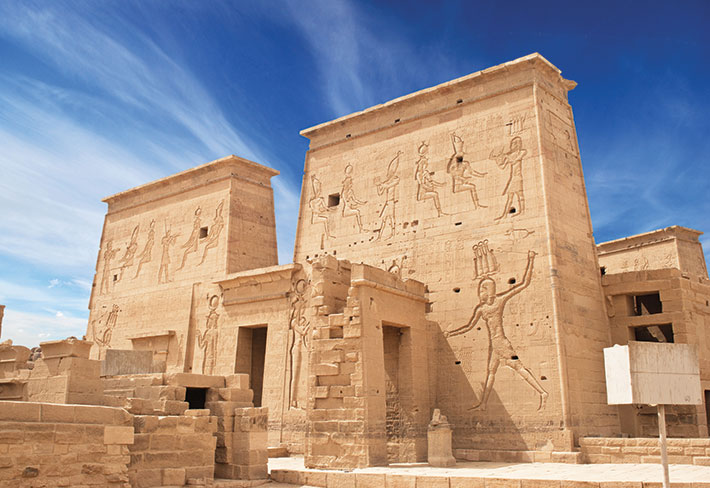
When the Romans conquered Egypt in 30 B.C., the country’s system of temples, which had sustained religious traditions dating back more than 3,000 years, began to slowly wither away. Starved of the funds that pharaohs traditionally supplied to religious institutions, priests lost their vocation and temples fell into disuse throughout the country. The introduction of Christianity in the first century a.d. only hastened this process. But there was one exception to this trend: In the temples on the island of Philae in the Nile River, rites dedicated to the goddess Isis and the god Osiris continued to be celebrated in high style for some 500 years after the Roman conquest. This final flowering of ancient Egyptian religion was only possible because of the piety and support of Egypt’s neighbors to the south, the Nubians.
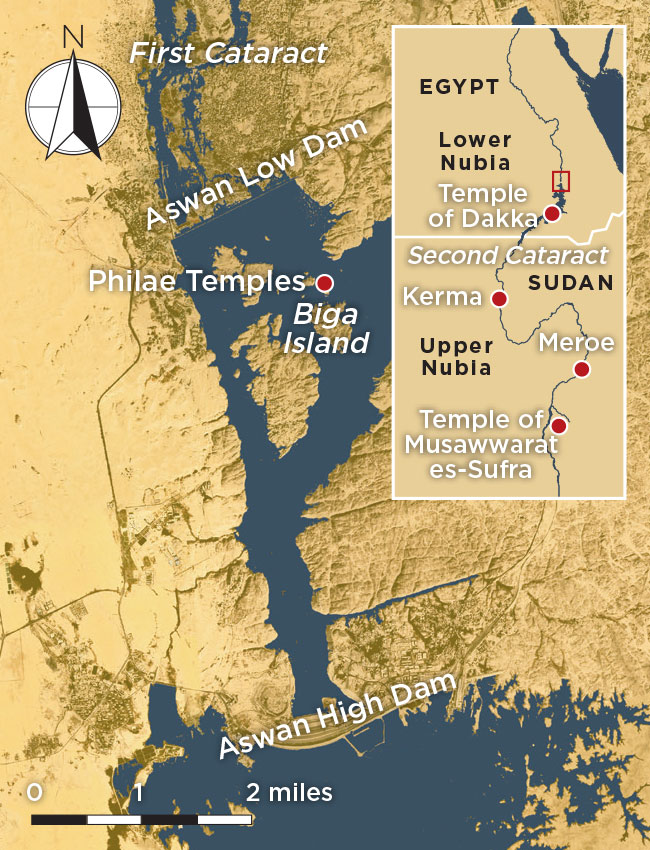
Philae lies just south of the Nile’s first cataract—one of six rapids along the river—which marked the historical border between ancient Egypt and Nubia, also known as Kush. In this region of Kush, called Lower Nubia, the temple complex at Philae was just one of many that were built on islands in the Nile and along its banks. Throughout the long history of Egypt and Nubia, Lower Nubia was a kind of buffer zone between these two lands and a place where the two cultures heavily influenced one another. “Often official Egyptian texts were demeaning to Nubians,” says Egyptologist Solange Ashby of the University of California, Los Angeles. “But this cultural arrogance doesn’t reflect the lived reality of Egyptians and Nubians being neighbors, intermarrying, sharing cultural and religious practices. These were people who interacted for millennia.”
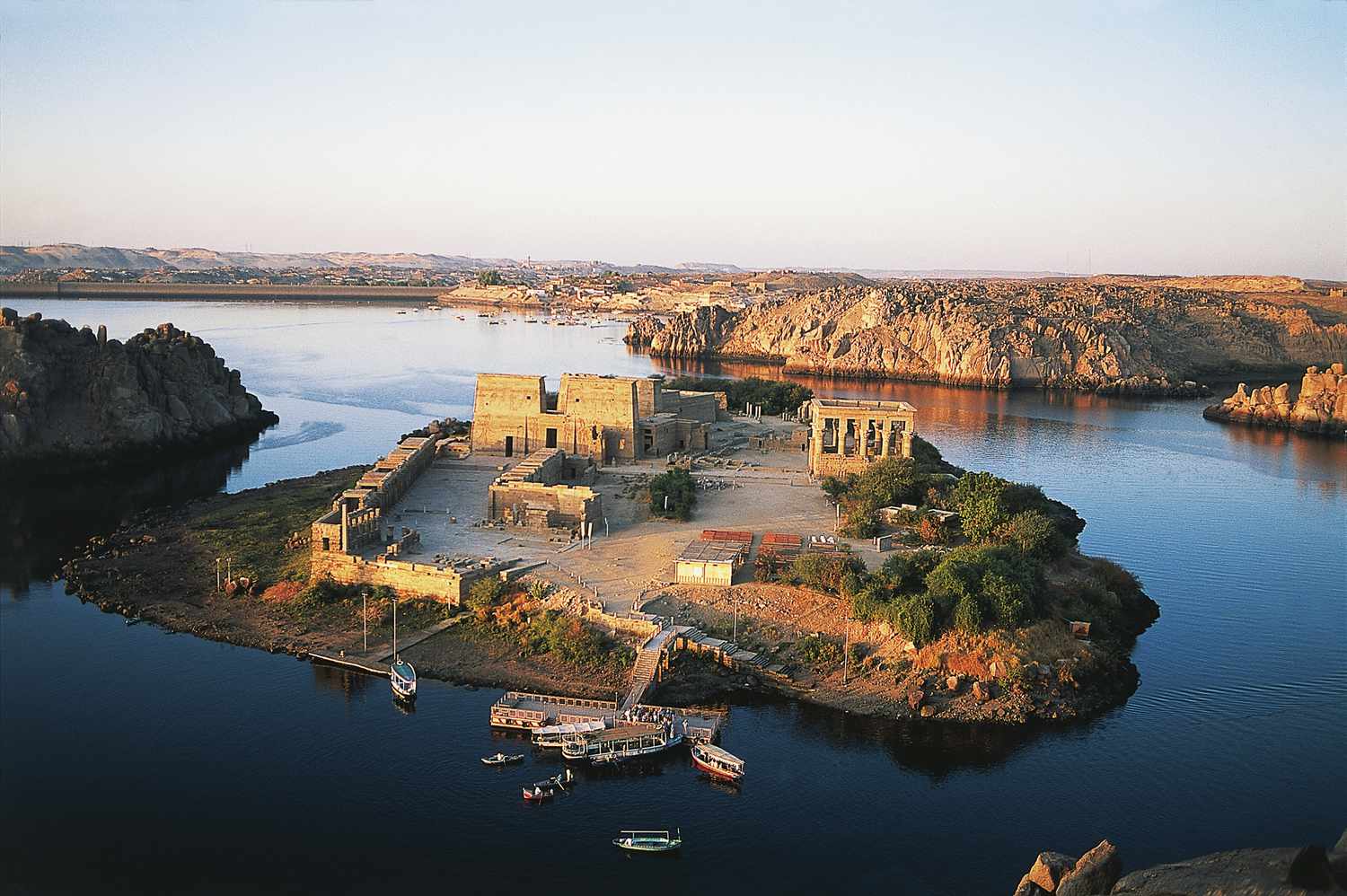 From 300 B.C. to A.D. 300, Nubia was ruled from the capital city of Meroe. The Meroitic kings took a special interest in Philae, where the most important Egyptian temple dedicated to Isis was located. In part this may have been because the island had been significant to the Nubians for centuries. Even its ancient Egyptian name, Pilak, which means “Island of Time” or “Island of Extremity,” may have been of Nubian origin. And while many of the other temples on Philae were built by Egypt’s Ptolemaic kings, Greek rulers who held sway from 304 to 30 B.C., the continued survival of the religious practices there owed much to the Meroitic kings. They, and later other Nubian rulers, funded annual celebrations at Philae and devoted resources to maintaining its temples in the centuries before Christianity finally eclipsed Egypt’s ancient traditions.
From 300 B.C. to A.D. 300, Nubia was ruled from the capital city of Meroe. The Meroitic kings took a special interest in Philae, where the most important Egyptian temple dedicated to Isis was located. In part this may have been because the island had been significant to the Nubians for centuries. Even its ancient Egyptian name, Pilak, which means “Island of Time” or “Island of Extremity,” may have been of Nubian origin. And while many of the other temples on Philae were built by Egypt’s Ptolemaic kings, Greek rulers who held sway from 304 to 30 B.C., the continued survival of the religious practices there owed much to the Meroitic kings. They, and later other Nubian rulers, funded annual celebrations at Philae and devoted resources to maintaining its temples in the centuries before Christianity finally eclipsed Egypt’s ancient traditions.
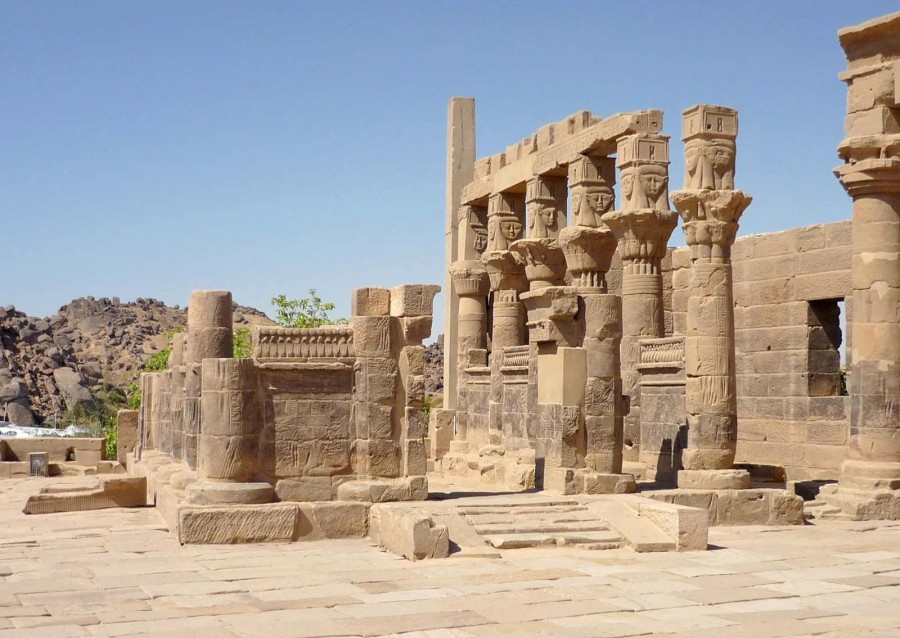
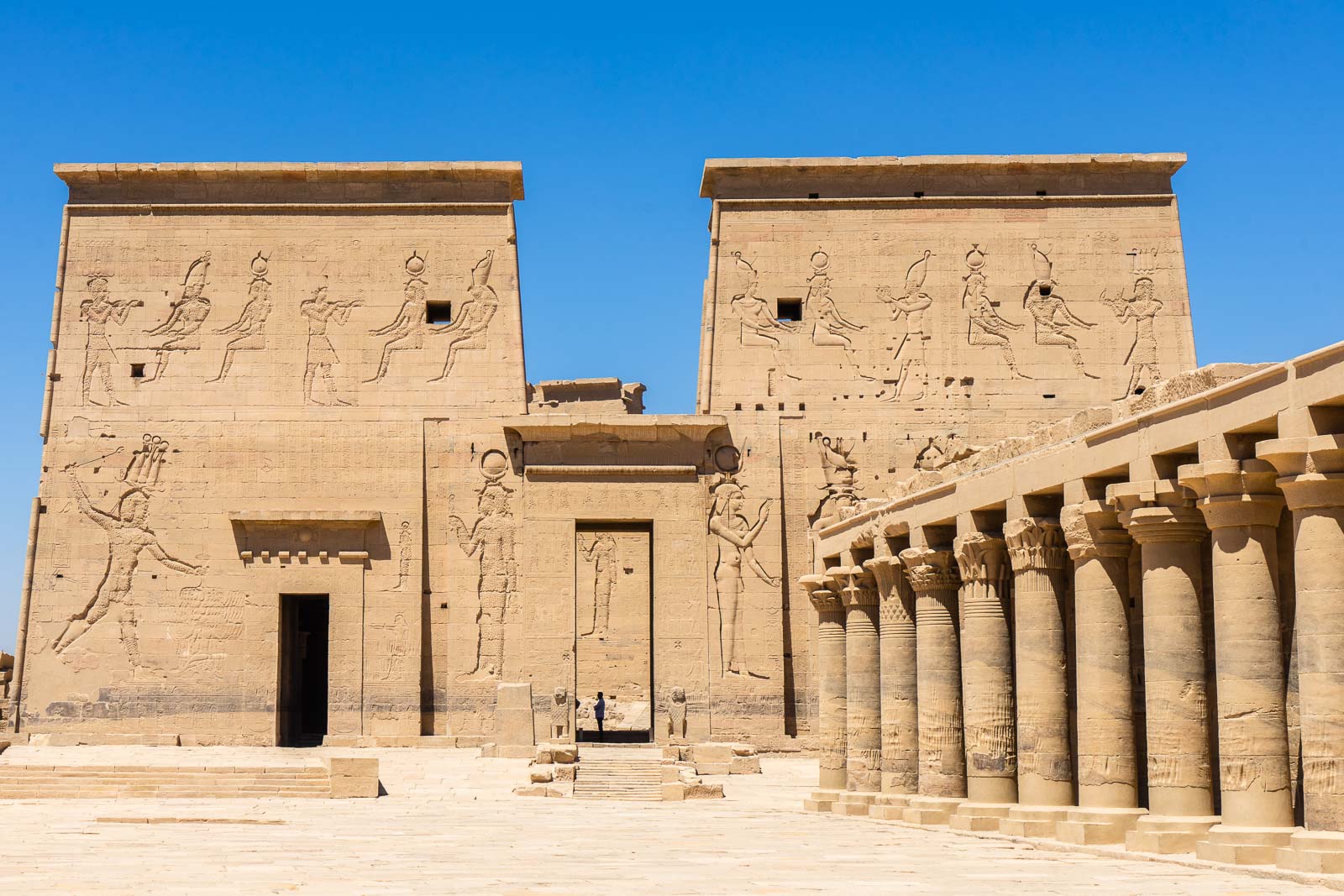
Related Post
A shocking documentary proves that mermaids do exist
SHOCKING Revelation: Thuya, Mother of Queen Tiye, Was the Grandmother of Akhenaten and Tutankhamun—What Ancient Egyptian Secrets Did She Leave Behind?
Breaking News: Astonishing Discoveries at Karahan Tepe Confirm an Extraterrestrial Civilization is Hiding on Earth, and NO ONE Knows!
Breaking News: Researchers FINALLY Discover U.S. Navy Flight 19 After 75 Years Lost in the Bermuda Triangle!
NASA’s Secret Investigation: Uncovering the Astonishing Mystery of the UFO Crash on the Mountain!
Explosive UFO Docs LEAKED: Startling Proof That Aliens Ruled Ancient Egypt!